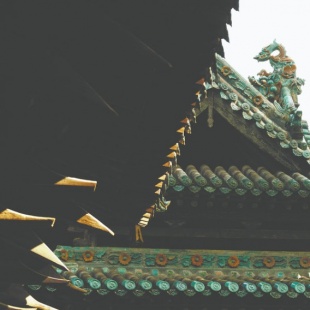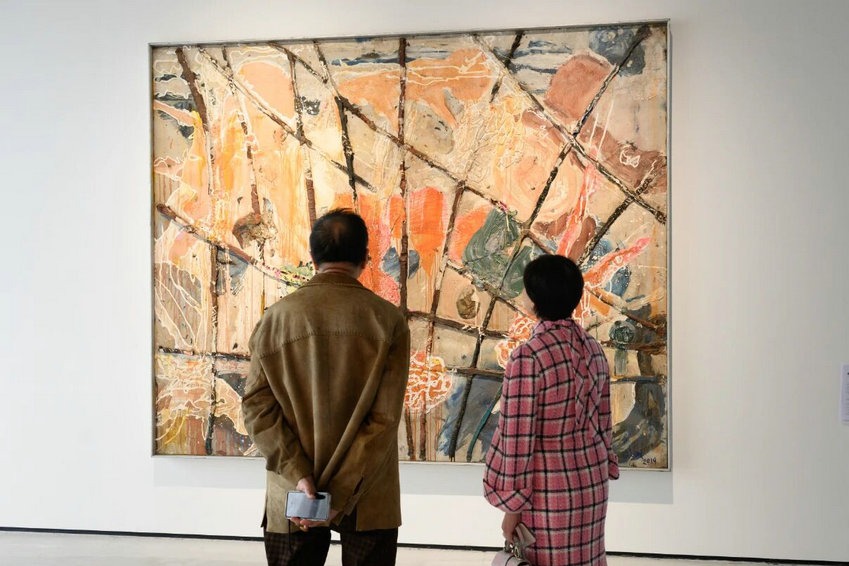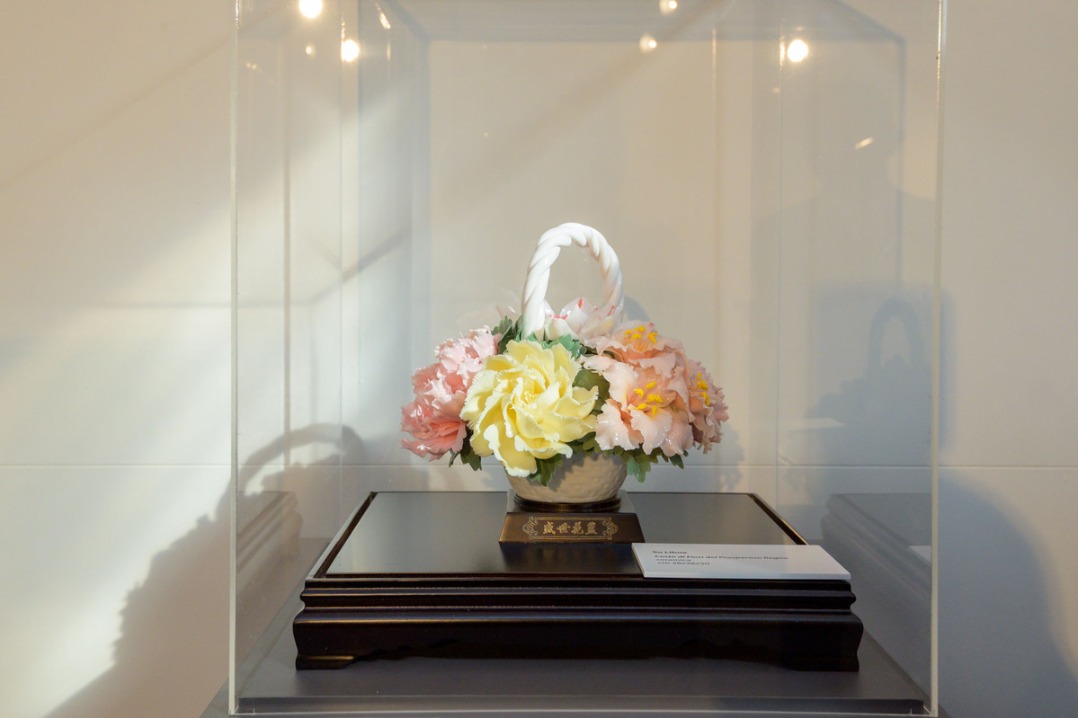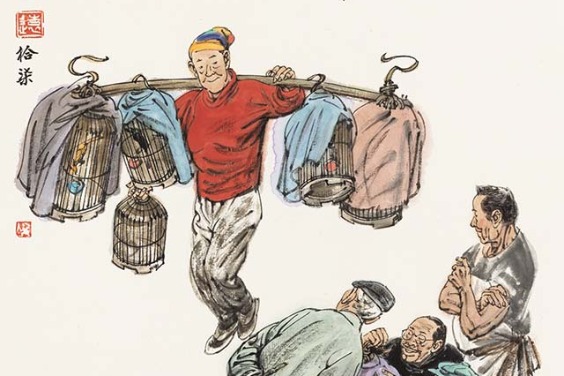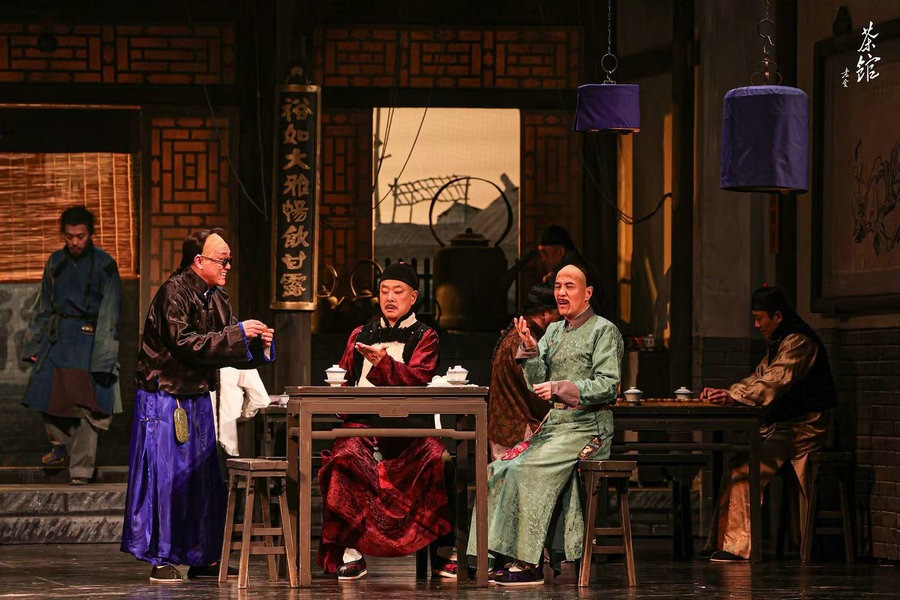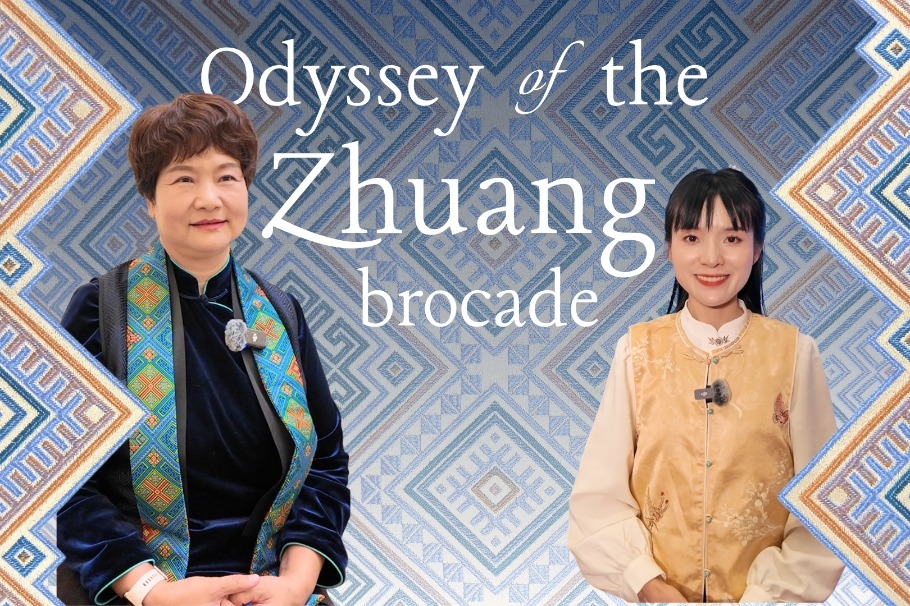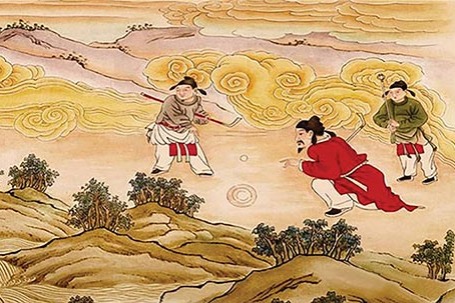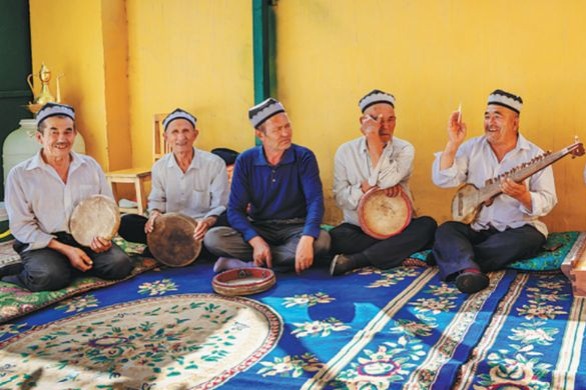Ancient heartbeat of a modern nation
Captivating architecture and stunning craftsmanship reveal Shanxi as a window into China's enduring soul, Michael Rhys Card reports in Taiyuan.

Timeless culture
Architecture, at its best, is a reflection of the society that builds it. Shanxi's temples, compounds and city walls reveal more than design; they embody the moral and social frameworks that have shaped China's identity.
Filial piety, loyalty, honesty, respect for order — these are not abstract virtues here. They are visible, tangible, inscribed into the very fabric of daily life. Even as China modernizes at remarkable speed, these principles persist, informing relationships, work ethics and the rhythm of community.
Shanxi offers a key to understanding this continuity. To study its architecture is to study the foundations of Chinese culture itself.
In recent years, Shanxi has quietly stepped into the cultural spotlight. The province's temples and landscapes inspired elements of the acclaimed video game Black Myth: Wukong, sparking a wave of renewed interest among younger travelers. Yet, even with rising tourism, Shanxi remains a hidden gem — one that rewards those who seek depth over spectacle.
Its charm lies in authenticity. To walk its courtyards, to see murals untouched for centuries, to share noodles with locals in a family-run courtyard — these moments reveal a China often overlooked.


